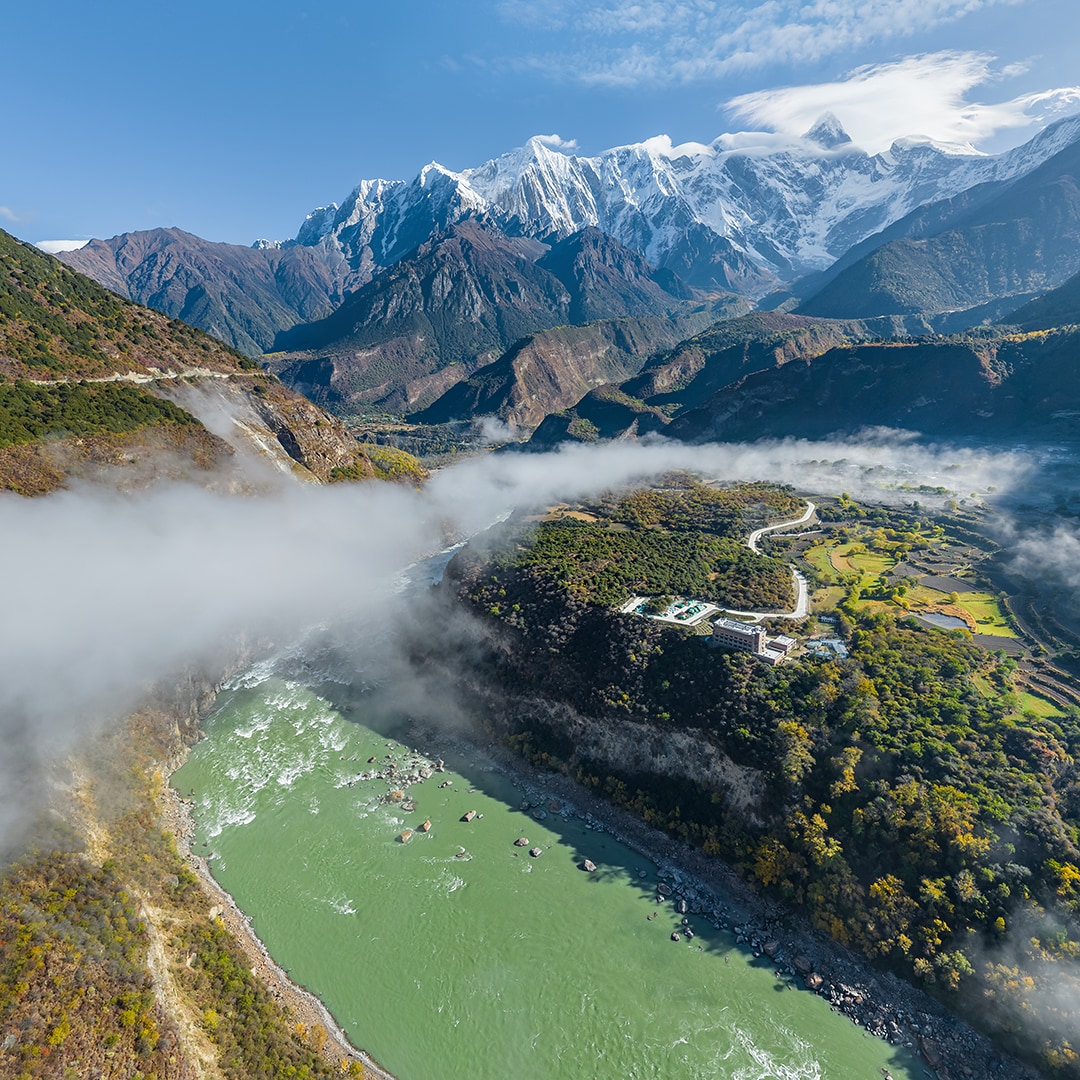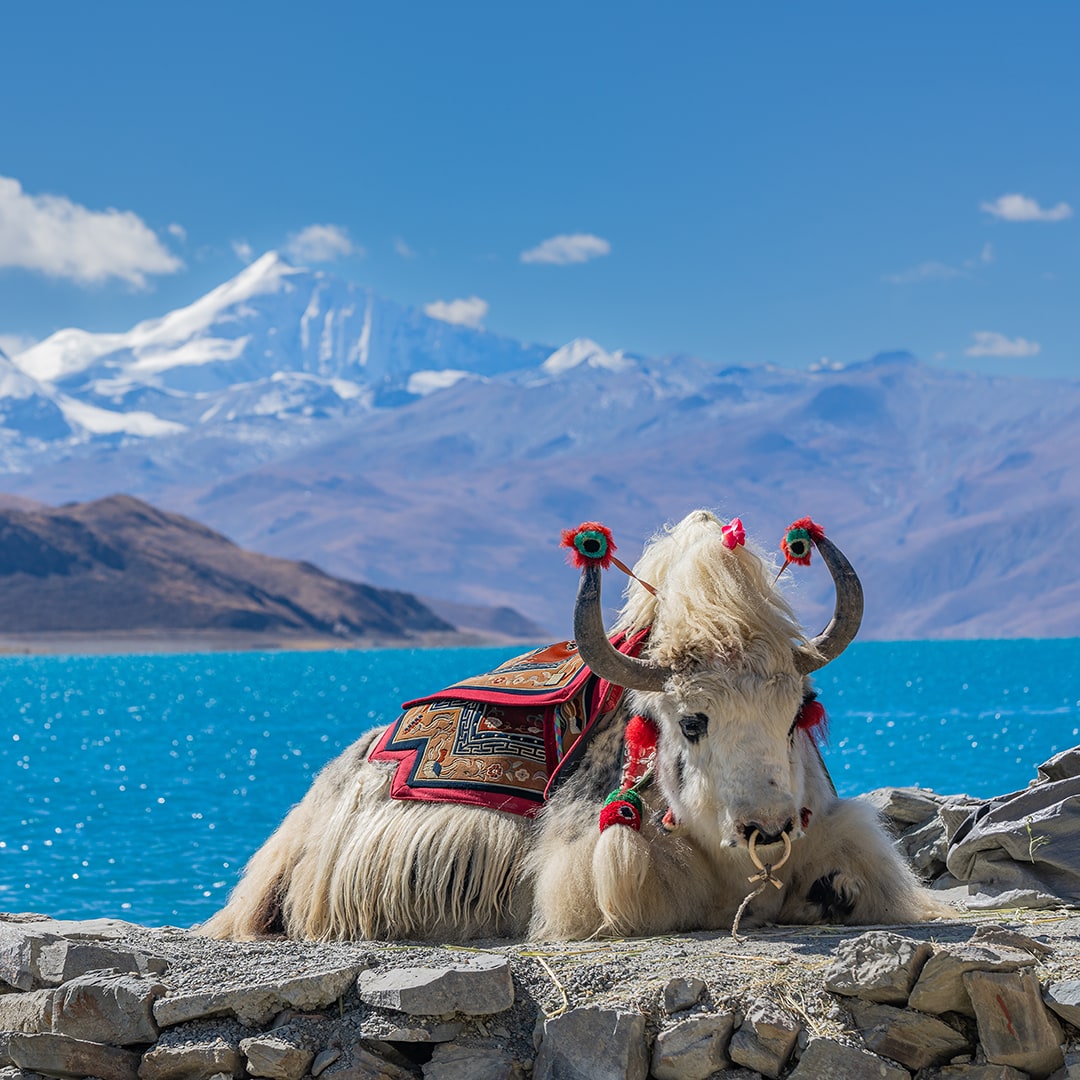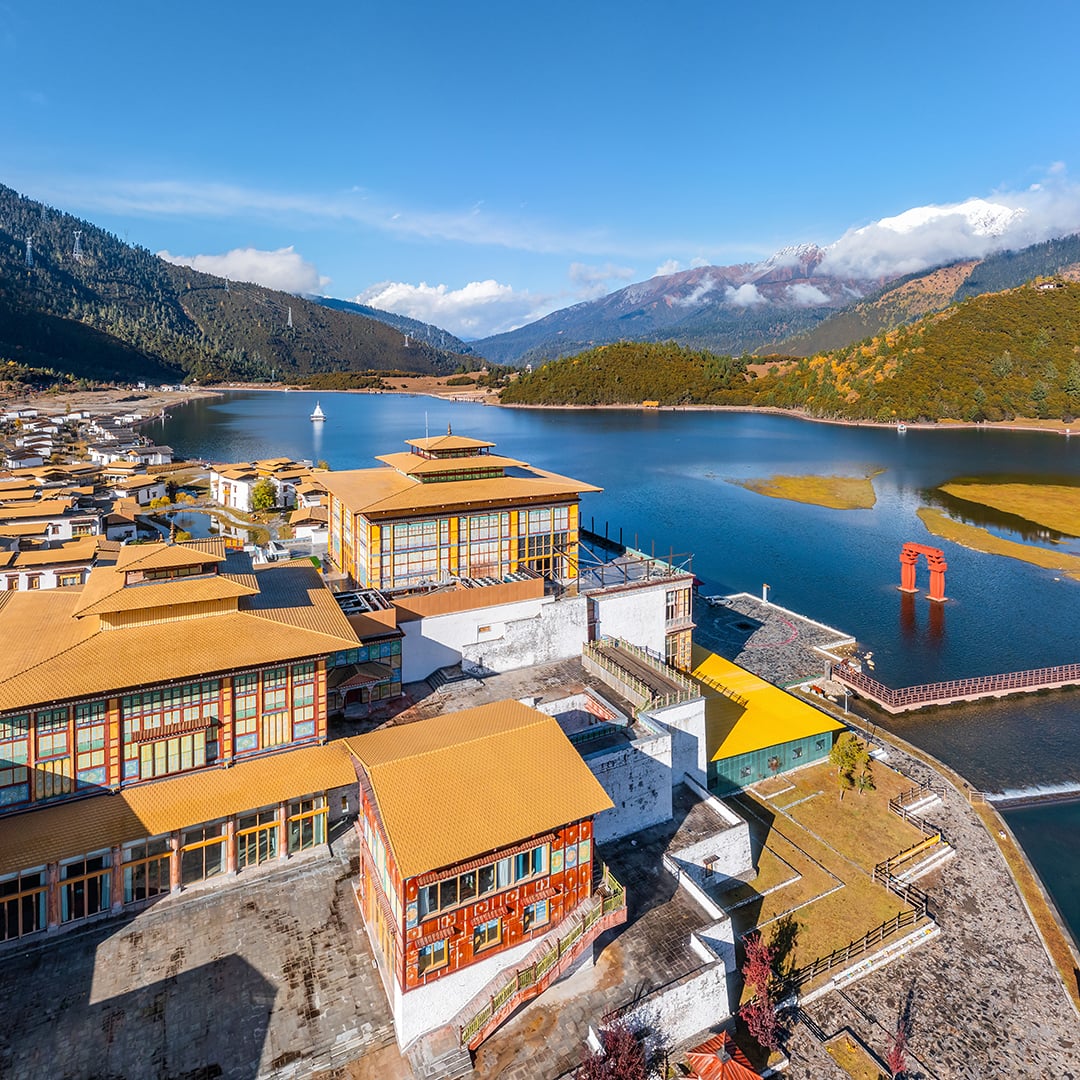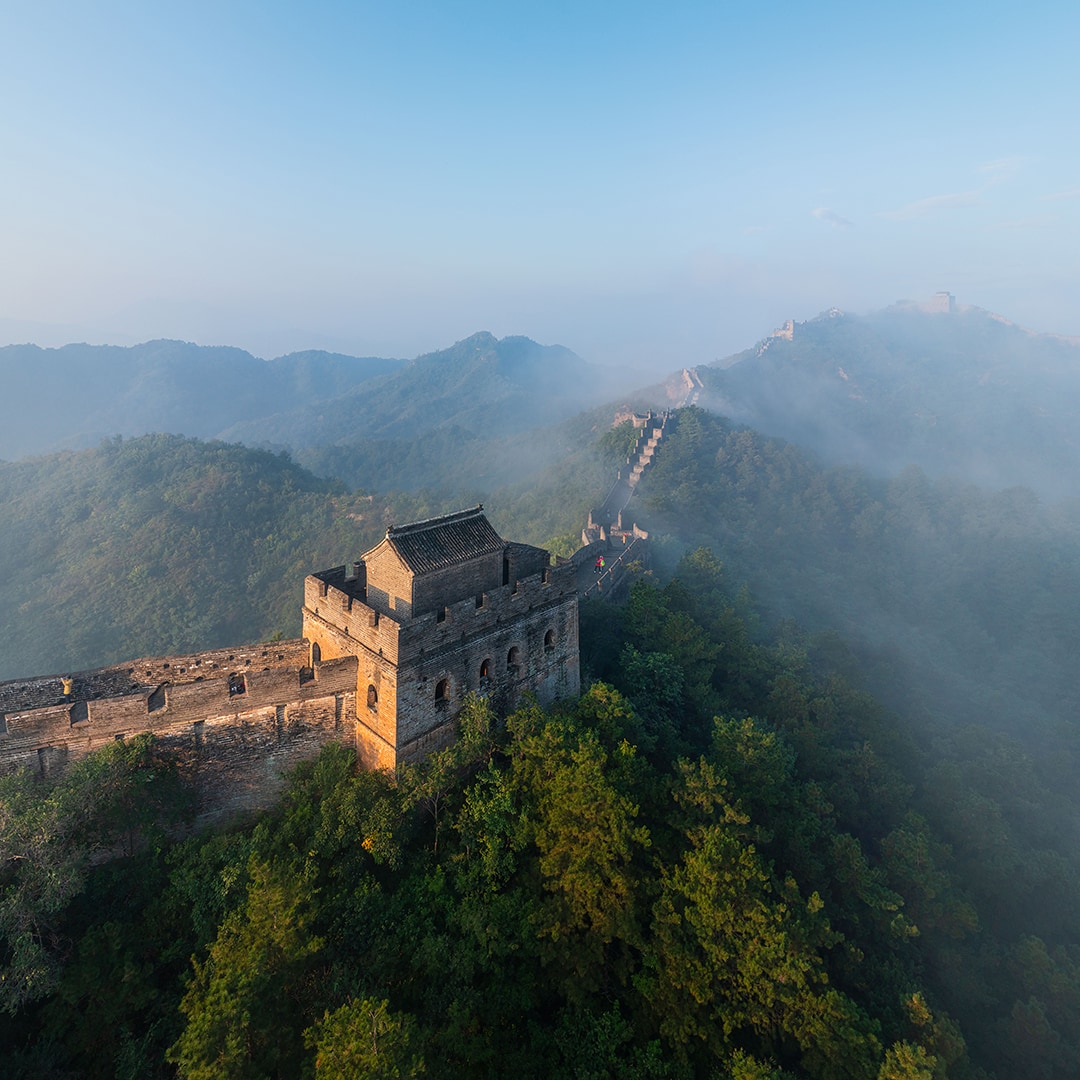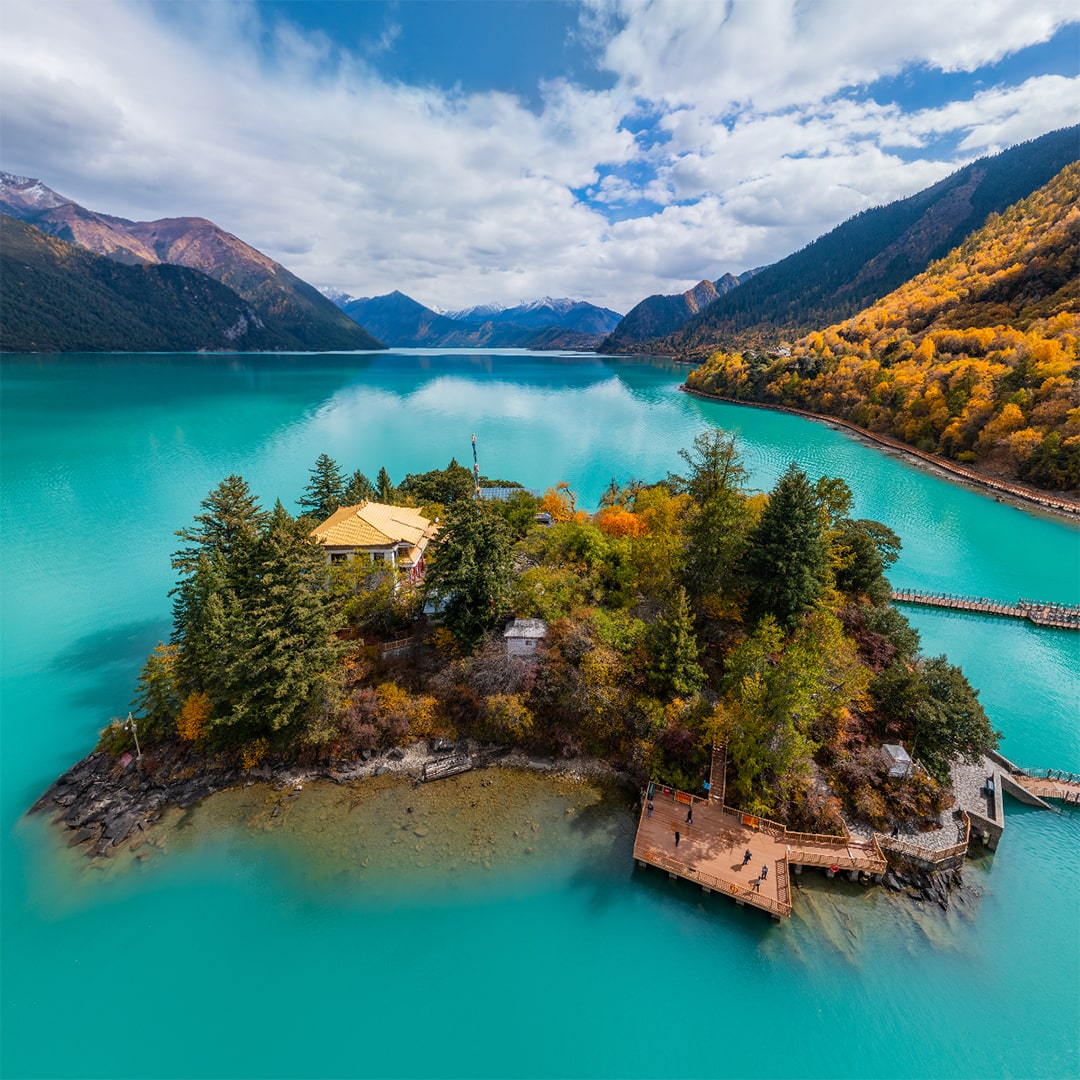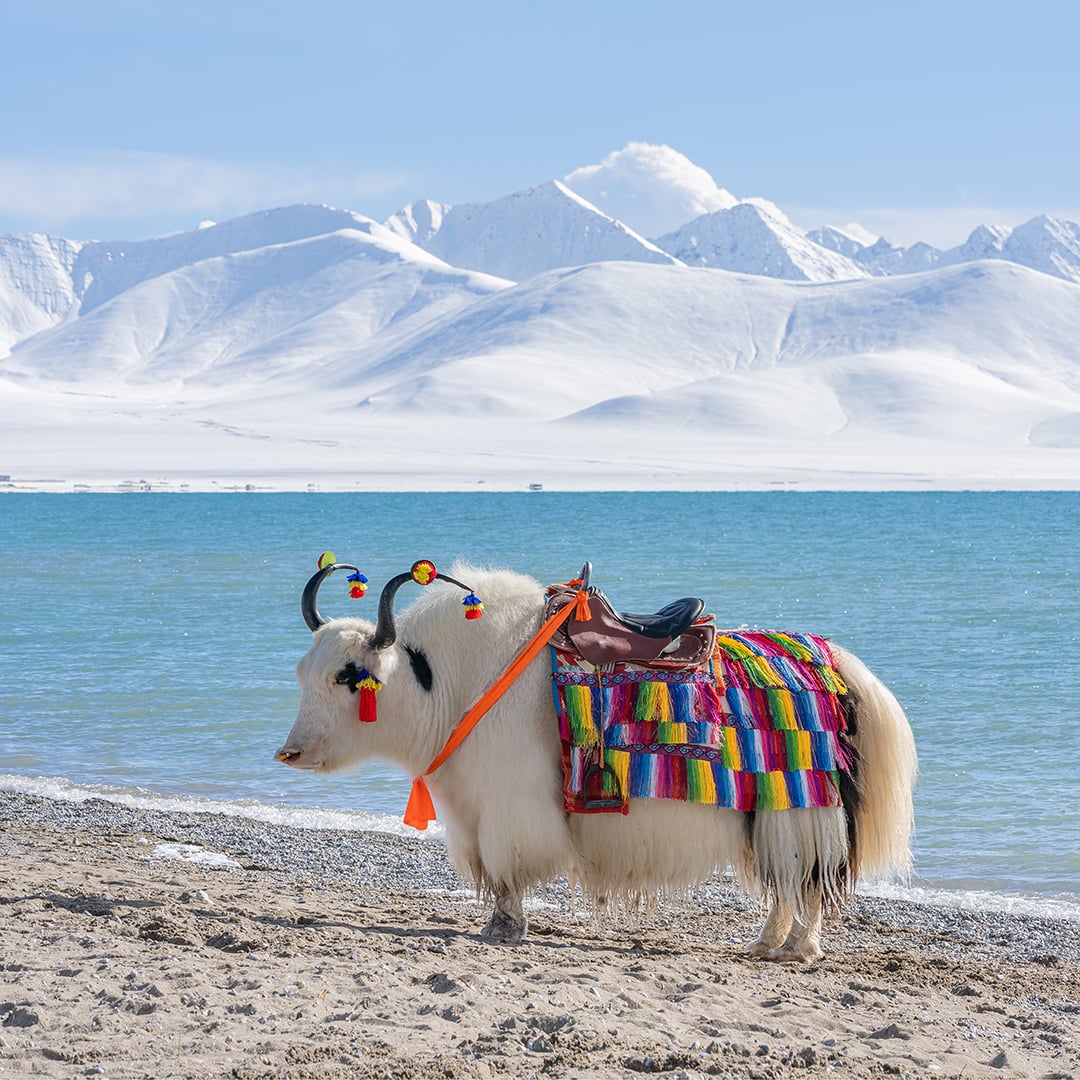Welcome to Tibet
Welcome to Tibet - a region difficult to travel to, known for magnificent nature and an ancient culture, located in southwest China, on the Tibetan plateau, the highest on the earth.
Traditionally known as Tibet, the region has recently been referred to as Xizang.
Lhasa is the capital of Tibet and its iconic landmark - the renowned Potala Palace: the place used to be forbidden and remained a mystery for hundreds of years.

The central square in front of the palace is a popular tourist spot: this is where people get photographed wearing traditional costumes, and when it is warm one can enjoy musical fountains here.
Potala Palace is the world's highest palace built at an altitude of 3,700 metres above the sea level. The construction of the Potala Palace started in 1645. Its name is derived from Sanskrit, and in Tibetan it means "mystic mountain". The Potala Palace complex comprises two main structures: the White Palace and the Red Palace. It took three years for the White Palace to be completed, and shortly after the completion the Dalai-Lama and his government moved there. It is an administrative building, the symbol of state power. The Red Palace was considered to symbolize spiritual power and was used by the Dalai-Lama in religious rituals. In 1959, the 14th Dalai-Lama left Tibet, and today Potala is a museum.

Having 13 storeys and covering over 13 hectares, the palace accommodates around 1,000 rooms. The halls are repositories of treasures and relics - multi-dimensional mandalas for meditation, funerary stupas, ceremonial items; the walls are embellished with elaborate murals. Photography and filming inside are strictly prohibited, so we can enjoy the beauty of the palace from outside only.
The second most important place in Lhasa is Jokhang, a Buddhist temple and monastery. Together with the entire complex of Lhasa temples, it is a protected UNESCO World Heritage Site. It is a major Buddhist pilgrimage site. Believers come here to do the so-called "inner kora": a ritual circumambulation around the temple in a clockwise direction. In fact, you can even see a marked path. And far away is the Potala Palace towering over the city. Jokhang was founded in 639. The temple complex is still growing in size: today, it spreads over 25,000 square metres.
Four kilometres west of Jokhang, there is the Dalai-Lama's summer residence Norbulingka. In Tibetan, Norbulingka means "jewel park". It is the world's highest man-made garden and the largest park in Tibet. In the past, the palace complex of Dalai-Lamas served as a place to hold important meetings and to accommodate VIP guests. Today, it is a tourist attraction and a museum. Thanks to the abundance of trees and plants there is much oxygen here, which makes the place a popular walking area.

There are several beautiful lakes around Lhasa and one of them is high-altitude Yamdrok Yumtso Lake. Yamdrok Yumtso Lake is located at an altitude of 4,488 metres. It is one of the four most sacred lakes in Tibet, another place where pilgrims come to do a kora. Tibetans believe the lake to be a talisman of their land. Legend has it that when the lake dries up, Tibet will become uninhabited.

The comfortable viewing points are a good place for visitors to take unforgettable photos, or even enjoy karaoke singing!
Yumtso Lake is one of the three largest lakes in the region: it is over 72 km long. The lake is fed by numerous small streams. The lake's colour is constantly changing: they say one can't see the same hue of the water twice. In Tibetan, the lake's name means "green jade. In winter, this fresh-water lake freezes up. Along the lake banks, tourists can photograph themselves with famous Tibetan yaks and admire the beauty of the clear water already in close-up.

One more lake of Tibet is Namtso Lake, or the "Heavenly Lake". The lake is 220 kilometres north of Lhasa, at an altitude of 4,718 metres. It is the world's highest salt-water lake! It is another pilgrimage site where Buddhists from all over the world come for a ritual circumambulation. Two tall rocks can be seen on the bank of the lake. For pilgrims, they are an embodiment of Yidam Chakrasamvara and his wife Vajravarahi. When walking between the rocks, pilgrims strengthen their ties with the meditational deities and remember the vows they have made.

The lake spreads over 70 kilometres and is 30 kilometres wide. The Tangla mountain range rises in the south: some of its peaks are higher than 7,000 metres. Yaks are better adapted to the difficulties of living at high-altitudes at Namtso Lake than other animals. The locals bring yaks to the lake and let tourists take a yak ride for a small fee.

There are a confluence of two rivers: Brahmaputra and Nyang Chu on the West of Tibet. Sand dunes can be seen along the Brahmaputra river! The Brahmaputra river, also known in Tibet as Yarlung Tsangpo, bends on a huge loop around the Namjagbarwa mountain by cutting through one of the world's deepest canyons. From here, tourists can go up in a balloon, or remain on the ground and take eco-paths, enjoy the surrounding beauty from the viewing spots and have a rest in extravagant camping hotels.
Here the most spectacular view can be found: the Yarlung Tsangpo Grand Canyon. It stands between two 7,000-meter high peaks: Gyala Peri and Namjagbarwa. The canyon's average depth is 2,268 metres, the deepest depth reaches 6,009 metres. On the canyon's slopes there are eco-hotels and viewing platforms for tourists; still, one should remember that this is a high-altitude region where most people feel the lack of oxygen. However, all buses offer oxygen supplies, and at all viewing platforms one can buy personal oxygen tanks and oxygen bags.

Another attraction of the area is the high-altitude Lulang Village, the "dragon king's valley". It is situated at an altitude of 3,700 metres above the sea level and offers the best view of Namjagbarwa. It is a classic tourist destination, informally known as "Tibetan Switzerland". One of the region's iconic dishes is chicken soup cooked on the table right before you in a stone pot made of a solid piece of rock. It is highly recommended!

Basum-Tso Lake is another great place. The banks of the lake are home to two villages that have preserved the traditional layout and residential architectural style. Some of the houses are more than 400 years old. The locals preserve the old customs, culture, and indigenous practices. Here, tourists can better understand historic heritage and see ancient ritual dances.
The iconic landmark of the place is the spectacular and scenic Basum-Tso Lake. The lake has a striking outline of a crescent moon. Its deepest point reaches 120 metres. The lake is at an altitude of 3,480 metres: it is the lowest lake in the Tibetan mountains.

There are a small island on the lake. The lush vegetation cloaks the ancient Tsozong monastery, known to be the centre of Tibetan Buddhism. Its name means "lake castle". The monastery was built more than 1,500 years ago and covers an area of 2,000 square metres. The monastery is famous for its miracles: pilgrims come here praying for child birth and healing. There are many prayer wheels, "Mani". One turn of a wheel corresponds to the multiple recitation of the mantra written on it; and the mantra energy released into the space brings many benefits.

Colourful prayer flags can be seen everywhere in Tibet. Rectangular pieces of cloth are strung between hills and trees. Each colour symbolizes one of the elements: earth (yellow), water (green), fire (red), air (white), and sky (blue).

And now we bid farewell to this admirable land: the region of pristine nature and the deepest reverence for higher powers.
We express our gratitude to the Tibet Tourism Co., Ltd company for its organization and assistance in filming and personally our great guide Li Dong. For contact you can email Carol: yushana@enn.cn
The company engaged in the operation of tourist attractions, tourism services and tourism business operations, and is an industry leader with A number of A-level scenic spots in the autonomous region. There are sightseeing cars, cruise boats, hotels, tents, walking and other characteristic tourism products.
Photo and Video by: Sergey Semenov and Victoria Shutova
Drone operator: Tang Sijia
Drone operator assistant: He RenHao
1 March 2024
Read more
Virtual Travels in 360°
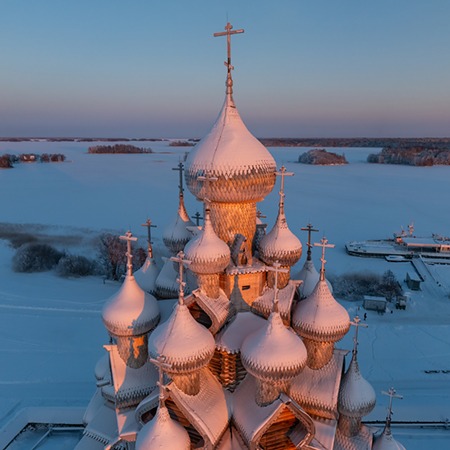 Winter Kizhi, Republic of Karelia, Russia
Winter Kizhi, Republic of Karelia, Russia
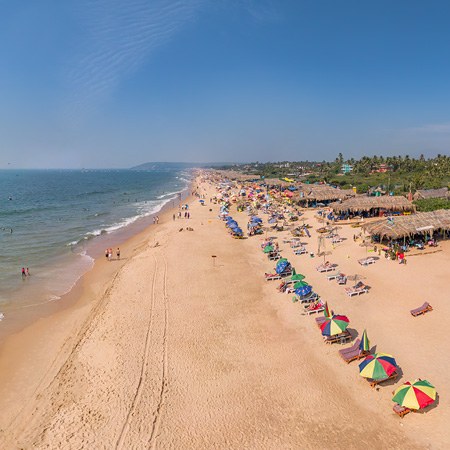 North Goa, India. Part I
North Goa, India. Part I
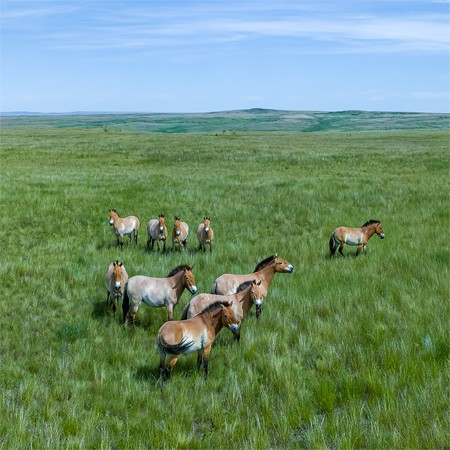 Orenburg Nature Reserve. Pre-Ural Steppe
Orenburg Nature Reserve. Pre-Ural Steppe
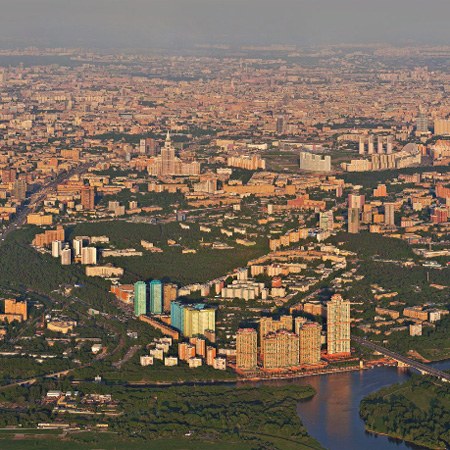 Moscow, Gigapixel Panorama
Moscow, Gigapixel Panorama
 Mutnovsky volcano, Kamchatka, Russia
Mutnovsky volcano, Kamchatka, Russia
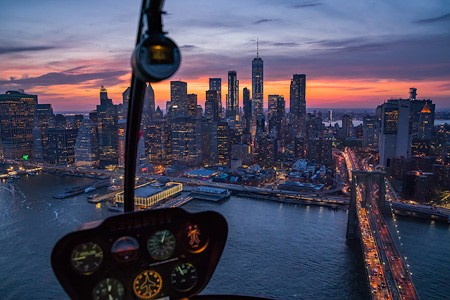 New York, USA. City of Skyscrapers
New York, USA. City of Skyscrapers
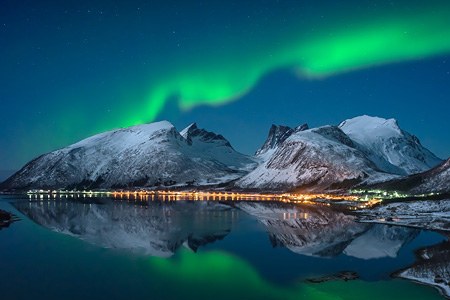 Northern lights in Norway
Northern lights in Norway
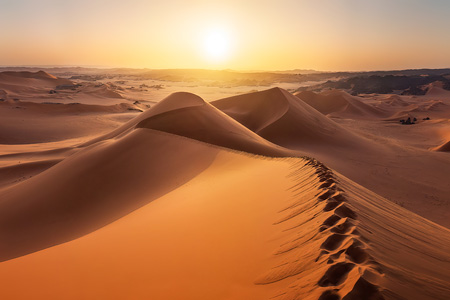 Sahara Desert, Algeria
Sahara Desert, Algeria
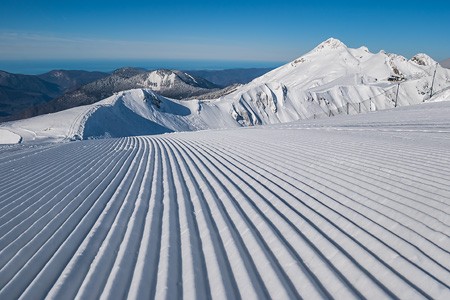 Rosa Khutor Ski Resort. Southern slope. Sochi, Russia
Rosa Khutor Ski Resort. Southern slope. Sochi, Russia
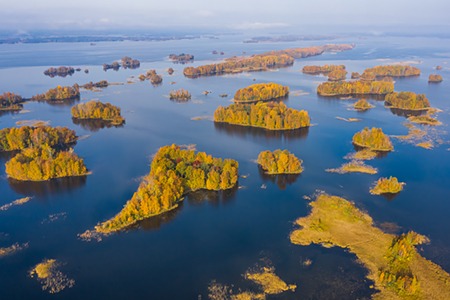 Four Seasons. Autumn Forest. Relax Flight
Four Seasons. Autumn Forest. Relax Flight
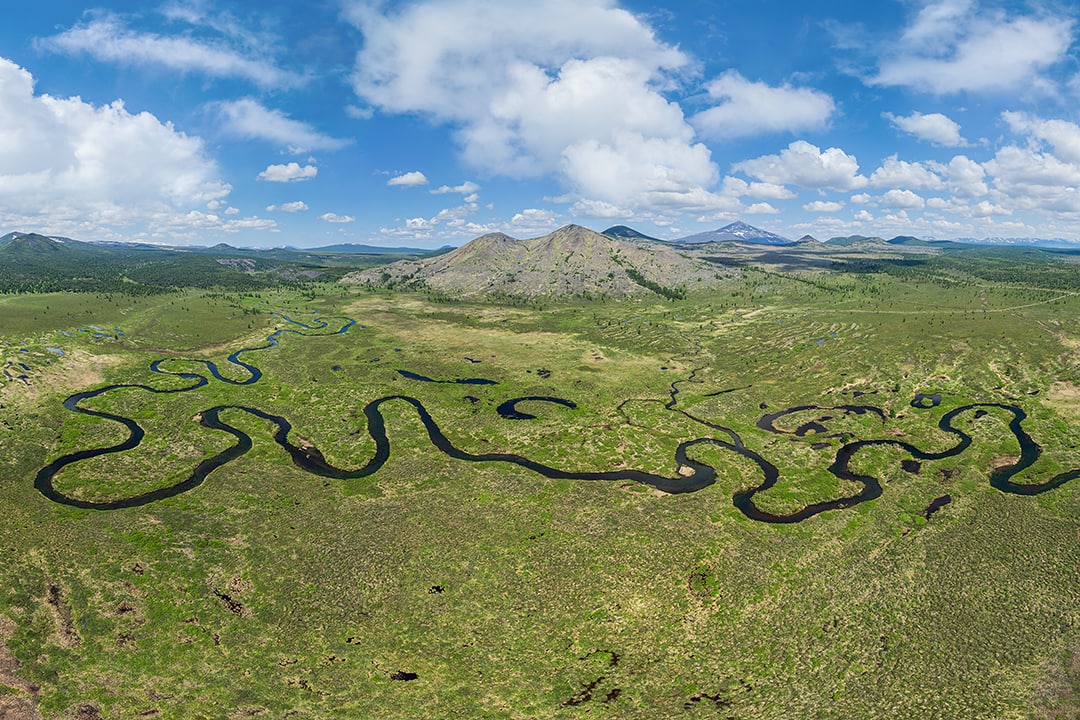 Forest-tundra, Kamchatka. 360° meditation
Forest-tundra, Kamchatka. 360° meditation
Show more




